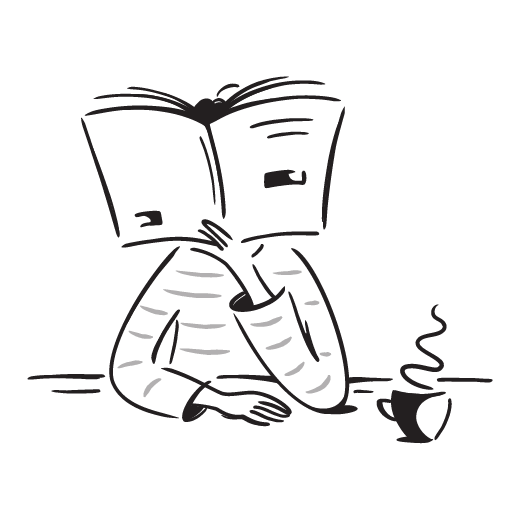
Basic knowledge of history (high school)
Objective: Learners acquire basic knowledge of a selected historical topic.
Content and methodology: Learners read a basic text and are able to answer historical comprehension questions based on it.
Competences:
- Promoting reading skills
- Assessing and explaining historical contexts
Level: Upper levels (11th - 13th grade)
55 other teachers use this template
Target group and level
Upper levels (11th - 13th grade)
Subjects
Basic knowledge of history (high school)


📌 Info
This worksheet provides you with an overview of basic historical concepts and events. It is designed to help you develop a solid foundation in history and deepen your knowledge.
Renaissance

The Birth of Venus by Botticelli. Source: Wikipedia
The Renaissance is defined as a period of cultural revival and renewed interest in classical art and learning that began in Italy during the 14th century and spread across Europe until the 17th century. The term "Renaissance" means "rebirth," reflecting the renewed interest in the ancient cultures of Greece and Rome.
Chronological Overview
The Renaissance is generally considered to have begun in the 14th century in the city of Florence, Italy. It followed the Middle Ages and preceded the Baroque era. This period witnessed significant developments in various fields such as art, literature, science, and philosophy.
In the early stages, the focus was mainly on Humanism, a movement that emphasized the potential for individual achievement and the importance of human values over divine or supernatural matters. Humanists studied classical texts, advocated for education, and promoted the idea that humans could shape their own destinies.
By the 15th century, the Renaissance had spread to other parts of Italy, including Rome and Venice. This era is often referred to as the High Renaissance, marked by the works of renowned artists and thinkers who epitomized the Renaissance ideals. It eventually spread to other European countries such as France, England, and Germany.
Leonardo da Vinci
Leonardo da Vinci (1452-1519) is one of the most prominent figures of the Renaissance. Known for his contributions to art, science, and engineering, Leonardo's works demonstrate the interdisciplinary nature of the Renaissance. His famous paintings include "The Last Supper" and "Mona Lisa," which epitomize Renaissance art through their use of perspective, anatomy, and emotion.
Leonardo's notebooks reveal his keen interest in various scientific fields, such as anatomy, botany, and mechanics. His designs for flying machines and military equipment highlight his innovative spirit. Leonardo's approach to learning and creativity exemplifies the Renaissance ideal of the Renaissance Man, someone skilled in multiple fields.
Michelangelo
Michelangelo Buonarroti (1475-1564) was another key Renaissance figure, renowned for his contributions to sculpture, painting, and architecture. His masterpiece "David," completed in 1504, symbolizes the humanist ideals of beauty and strength. Michelangelo's work on the Sistine Chapel ceiling in the Vatican is considered one of the greatest achievements in Western art. The frescoes depict scenes from the Bible, showcasing his skill in anatomy and composition.
Michelangelo also designed the dome of St. Peter's Basilica in Rome, reflecting his architectural prowess. His works contributed significantly to the development of Mannerism, a style that emerged towards the late Renaissance, characterized by elongated forms and exaggerated poses.
Key Terms
- Humanism: A movement that focused on human potential and achievements, emphasizing the study of classical texts and the importance of education.
- High Renaissance: The peak period of Renaissance art and culture, marked by the works of Leonardo, Michelangelo, and Raphael.
- Renaissance Man: A person with knowledge and skills in multiple fields, embodying the Renaissance ideal of interdisciplinary learning and creativity.
- Mannerism: An artistic style that emerged towards the end of the Renaissance, characterized by elongated figures and exaggerated poses.
Conclusion
The Renaissance was a transformative period that reshaped European culture through renewed interest in classical learning and the promotion of human potential. Key figures like Leonardo da Vinci and Michelangelo played crucial roles in advancing art, science, and philosophy, embodying the spirit of the Renaissance. Understanding the Renaissance requires recognizing its impact on various fields and its lasting influence on modern Western culture.
📋 Assignment
Answer the following questions with the help of the text.